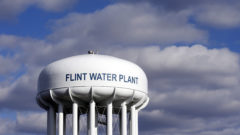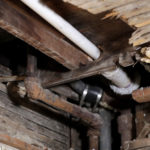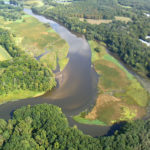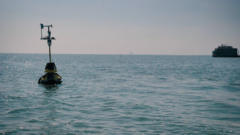Flint water lawsuit settlement now totals about $641 million
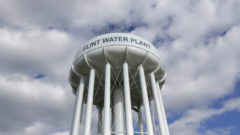
LANSING, Mich. (AP) — The proposed settlement of a lawsuit filed on behalf of residents of Flint, Michigan, who were harmed by lead-tainted water now totals about $641 million, officials revealed Tuesday.
The lawsuit was the result of workers following state environmental officials’ advice not to use anti-corrosive additives.
Great Lakes Now
https://www.greatlakesnow.org/2020/11/ap-flint-water-lawsuit-settlement/

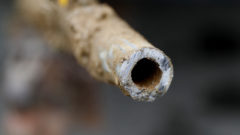
 There are an estimated 6.1 to 9.3 million lead service lines – pipes carrying drinking water – across the country.
There are an estimated 6.1 to 9.3 million lead service lines – pipes carrying drinking water – across the country.  Protecting our children and family from lead based products go back as far as we can remember. In 1978, the use of lead based paint was banned inside buildings. During those times, great harm was discovered when the paint began to crack and chip, due to the bumping and rubbing against walls and window sills. Breaking down into dust and contaminating the air with microscopic particles unseen to the eye and inhaled, thus elevating blood lead levels and risk of lead poisoning. Air quality within the family’s home once compromised has been corrected and readjusted for a safer and healthier home by using water-based paint. Be that as it may, lead continues to persist as an everyday challenge for people within their home, if it is not the air being compromised, it’s their drinking water.
Protecting our children and family from lead based products go back as far as we can remember. In 1978, the use of lead based paint was banned inside buildings. During those times, great harm was discovered when the paint began to crack and chip, due to the bumping and rubbing against walls and window sills. Breaking down into dust and contaminating the air with microscopic particles unseen to the eye and inhaled, thus elevating blood lead levels and risk of lead poisoning. Air quality within the family’s home once compromised has been corrected and readjusted for a safer and healthier home by using water-based paint. Be that as it may, lead continues to persist as an everyday challenge for people within their home, if it is not the air being compromised, it’s their drinking water.




